Planning a trip from Ho Chi Minh City to Sapa? You’ll need to cross over 1,700 kilometers of Vietnam’s diverse landscape, and choosing the right route makes all the difference. Whether you want the fastest way, comfort, or scenic routes, this guide breaks down the 3 best travel options—so you can spend less time figuring it out and more time enjoying the mountains of northern Vietnam.
What are the best travel options from Ho Chi Minh City to Sapa? (And vice versa)
If you’re in Ho Chi Minh City and dreaming of an escape from the urban hustle, where the air is cool, the mountains roll endlessly into the clouds, and the pace of life slows to a calm rhythm, then Sapa should be at the top of your list.
- Check out Best Things to do in Sapa
Located in the far north of Vietnam, close to the border with China, Sapa is a mesmerizing highland retreat famed for its terraced rice fields, colorful ethnic minority communities, dramatic landscapes, and the towering peak of Fansipan, the “Roof of Indochina.” It’s a place where nature and culture come together in a way that feels both timeless and humbling.
While Ho Chi Minh City (formerly Saigon) is Vietnam’s largest and most modern metropolis, filled with skyscrapers, shopping malls, and the constant buzz of motorbikes, Sapa offers a completely different experience. The contrast between the two couldn’t be more striking. In just a few hours by air (plus a scenic drive or train ride), you can swap Saigon’s tropical heat for Sapa’s alpine breeze, trade concrete for rice terraces, and go from street food stalls to stilt houses in remote mountain villages.
- Check out things to do in Ho Chi Minh City
How far is it?
Despite the distance, about 2000 kilometers apart, getting to Sapa from Ho Chi Minh City is easier than ever, thanks to a combination of flights, trains, and buses that connect the south to the north. But with so many routes and options available, planning your trip can feel overwhelming. That’s where this comprehensive A to Z guide comes in. Whether you’re looking for the fastest route, the most scenic path, or the most budget-friendly option, we’ll walk you through every step of the journey, from transportation tips to what to do when you arrive, where to stay, and how to truly make the most of your Sapa adventure.
3 Best ways to get to get to Sapa from Ho Chi Minh City
The distance from Ho Chi Minh to Sapa is more than 2000 km by car, and it takes about 50 hours. There is no direct flight or train from Ho Chi Minh to Sapa, so you will need to travel to Noi Bai airport or Hanoi train station, and then use other kinds of transport to get to Sapa.
1. By flight
Most recommended: Flying is by far the fastest way to get closer to Sapa. Since Sapa doesn’t have an airport, you’ll need to book a flight from Tan Son Nhat International Airport (SGN) in Ho Chi Minh City to Noi Bai International Airport (HAN) in Hanoi. The flight duration is about 2 hours.
To save some money, you can book the flight early in the morning, or late at night, or book to travel with budget airlines like Vietjet Air or Bamboo Airline. Booking the ticket in advance can also get you a good price.
Flights between HCMC and Hanoi are frequent, with carriers like Vietnam Airlines, Vietjet Air, and Bamboo Airways. Prices range from 800,000 VND to 2,000,000 VND ($30–80 USD) one-way, depending on the season.
How to get from Noi Bai Airport(Hanoi) to Sapa?
The distance from Noi Bai Airport (HAN) to Sapa is around 240 km, and there are several ways to get to Sapa: normal bus, limousine bus, taxi, and private car.
The most economical way to get from Noi Bai to Sapa is by direct sleeper or semi-sleeper bus, which takes around 5.5 to 6.5 hours, depending on traffic and weather. Ticket prices typically range between 260,000 VND to 600,000 VND (approximately $11–$25 USD). However, these shuttles are only available if you book in advance, so make sure to reserve your spot ahead of time via their websites or platforms on google.
For those who prefer a more comfortable ride, several limousine minivan services operate from Hanoi to Sapa, some of which can arrange pickups directly from Noi Bai Airport. These high-end vans offer reclining leather seats, air conditioning, charging ports, and Wi-Fi.
Prices start from 350,000 VND (~$14 USD) and can go up depending on the company and seat type.
If you’re traveling as a group or with family, booking a private transfer from Noi Bai to Sapa is the fastest and most flexible option. The drive takes roughly 5 to 6 hours, depending on traffic and road conditions.
Prices for a private 4-seater car typically start at 2,500,000 VND (~$100 USD), and increase with larger vehicles such as 7-seaters or vans. While this is the most expensive method, it’s ideal if you’re arriving at odd hours, carrying a lot of luggage, or just want the privacy and freedom of traveling at your own pace.
2. By overnight train
Also, there’s no direct train from HCM City to Sapa, but you can travel by 2 routes:
First, HCM City to Hanoi by Reunification Express (Train SE3, SE4, SE5, etc.) takes around 32-35 hours with 1,000,000 VND – 1,500,000 VND for a soft sleeper. Some travelers still choose this kind of transport to enjoy the landscapes while travelling on a slow train, including the coast, mountains, jungles, countryside, cities…
Then, from Hanoi station to Lao Cai station (Sapa’s nearest train station), within 7-8 hours, depending on the kind of train, seat, and the time you choose, the price for train tickets ranges from 400,000 – 700,000 VND. The train run by Vietnam Railway is the cheapest, while the Victoria Express train is the most luxurious one.
- Check out Vietnam Sleeper Train Experience
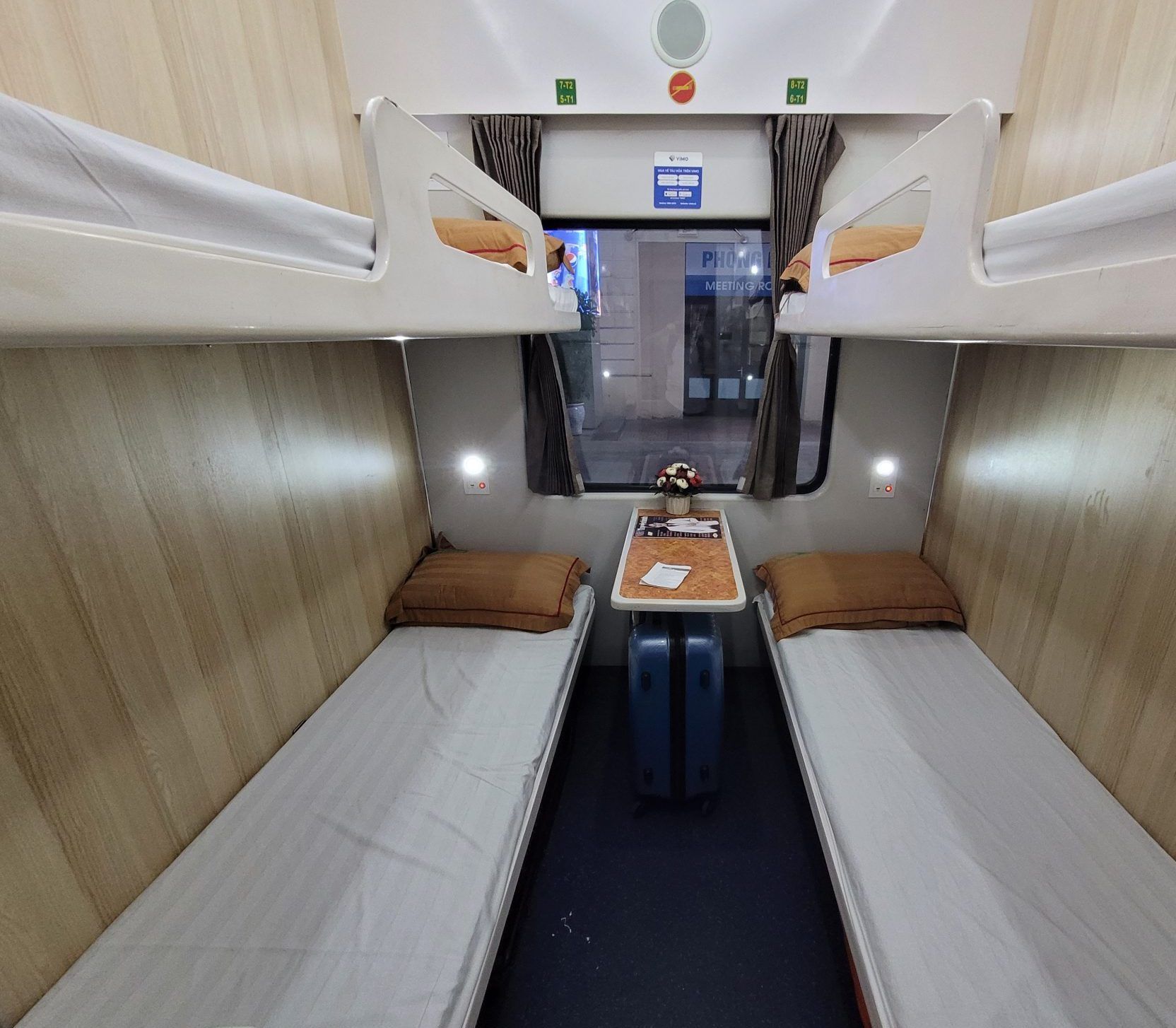
3. By bus
If you’re traveling on a tighter budget, it is possible to take intercity buses:
First, you can take the sleeper buses from HCMC to Hanoi, spend around 36 – 40 hours, then take a direct bus from Hanoi to Sapa (5-6 hours)
While this method is the cheapest, it is the most exhausting and not recommended unless you’re experienced with long-distance travel in Southeast Asia.
The estimated cost for travel by bus is around 1,000,000 VND in total (USD $40).
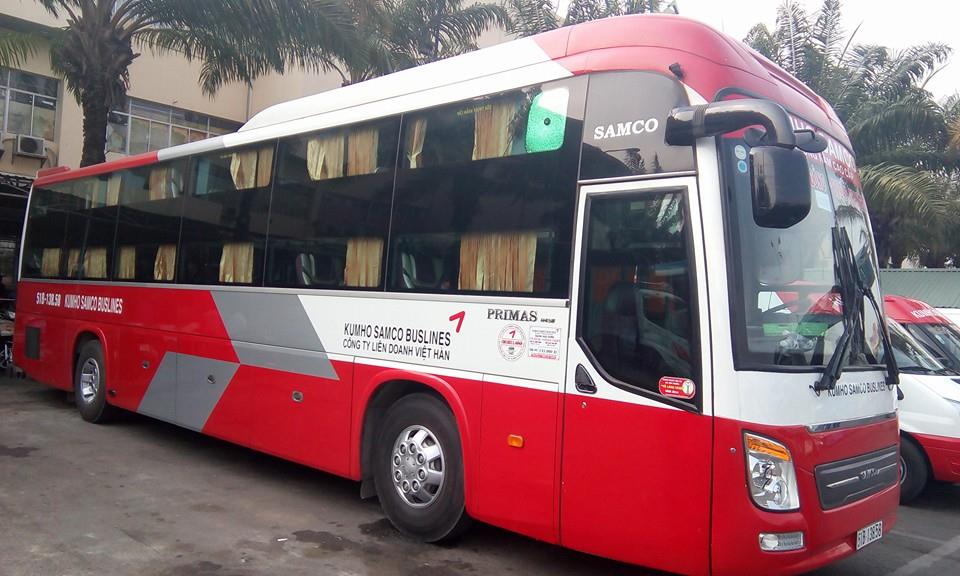
Tips for Choosing the Right Travel Option to Sapa from Ho Chi Minh City
Once you arrive at Noi Bai International Airport (HAN) in Hanoi, you’ll still need to travel roughly 320 kilometers northwest to reach Sapa. Although the journey might seem long, there are several reliable and comfortable options to help you complete this leg of your trip, depending on your budget, comfort level, and schedule. When choosing how to travel from Ho Chi Minh City to Sapa, it’s important to consider your personal priorities.
The most affordable way to get from Noi Bai to Sapa is by taking a direct sleeper or semi-sleeper bus, which typically takes 5.5 to 6.5 hours. Ticket prices range from 260,000 VND to 600,000 VND (around $11–25 USD), making it a solid choice for budget travelers. Two of the most reputable companies offering this service are Sao Viet and Inter Bus Lines. Both providers operate multiple daily departures and also offer a transfer service from Noi Bai Airport to their main bus station, which is located about 3 kilometers from the airport gate.
Limousine van from Hanoi to Sapa
If you’re looking for a more comfortable and slightly upgraded travel experience, limousine van services are an excellent choice. These vans feature spacious leather seats, air-conditioning, Wi-Fi, and sometimes even onboard refreshments. The journey takes about the same time as the bus, 5.5 to 6 hours, but the comfort level is significantly higher. Prices for limousine transfers start from around 350,000 VND (approximately $14 USD). Popular companies include Truong Thanh Limousine, Eco Sapa Limousine, and Sapa Limousine VIP. Some of these providers offer direct pick-up from the airport, though advance booking is highly recommended, especially during weekends or peak travel seasons.
For travelers who prioritize convenience, flexibility, or are traveling in a group, booking a private car or taxi is the best option. The drive from Noi Bai to Sapa takes approximately 5 to 6 hours, depending on traffic and road conditions. A standard 4-seater car typically costs around 2,500,000 VND (roughly $100 USD), with prices increasing for larger vehicles. Though this is the priciest option, it offers the most comfort and freedom, especially if you’re arriving late at night, carrying a lot of luggage, or traveling with children. You can book private transfers in advance through your hotel, travel agency, or online platforms like 12Go Asia, or even use apps like Grab, Xanh SM (choose the “Rent a Car” option).
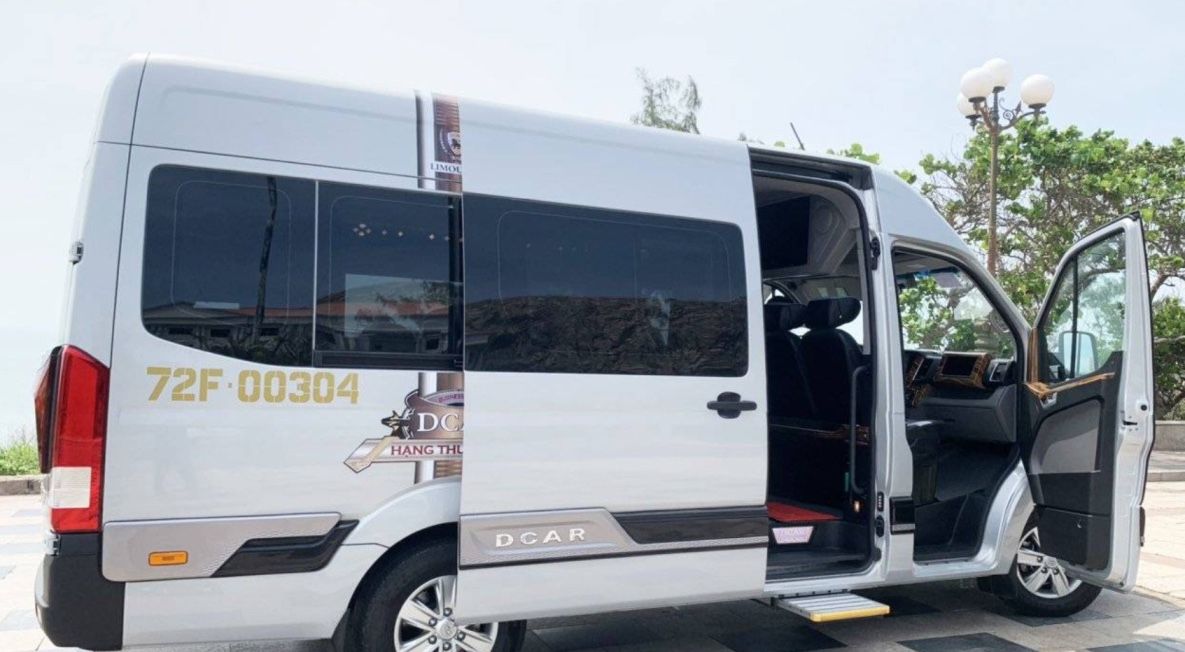
Ho Chi Minh City to Sapa: Recommended Route and Itinerary
Once at Sapa, here is the recommended itinerary for 4 days 3 nights that you can consider:
Ho Chi Minh City. Hanoi, Sapa
Morning flight to Hanoi. Limousine van from Hanoi to Sapa (arrive in the afternoon) – Check in & explore Sapa town, enjoy grilled local food at the night market
Trekking to Lao Chai – Ta Van
- Guided trekking through rice terraces
- Visit the Hmong and Giay ethnic villages
- Homestay overnight in Ta Van village (optional)
Fansipan Adventure by cable car
- Take the Fansipan cable car (one of the world’s longest)
- Enjoy views from the “Roof of Indochina”
- Return to Sapa town, optional herbal bath or massage
Local Shopping & Return
- See ethnic tribes on daily market and spend some time to see Ham Rong Mountain (if time allows)
- Return to Hanoi and fly back to HCMC
Recommended activities while in Sapa
1. Trekking through Terraced Rice Fields
Sapa is famous for its emerald rice paddies that change with the seasons. Trekking routes to Cat Cat, Y Linh Ho, Lao Chai, and Ta Van offer breathtaking views and a look into rural life.
2. Explore Ethnic Villages
Sapa is home to many ethnic groups, including the Hmong, Dao, and Giay. A visit to their villages includes homestays, traditional textiles, and learning about centuries-old customs.
3. Don’t miss Fansipan Mountain
At 3,147 meters, Fansipan is Vietnam’s tallest mountain. Take the cable car from Muong Hoa Station and marvel at the panoramic vistas and Buddhist statues along the summit.
4. Shop at the local market
Every Saturday, the Love Market is held where young locals from different tribes gather to sing, dance, and find partners. Sapa Market is also great for handicrafts, herbal medicines, and mountain food.
5. Silver Waterfall & Heaven’s Gate
Rent a motorbike, or take a short ride from town leads you to Thac Bac (Silver Waterfall) and the nearby Heaven’s Gate, offering sweeping views of the Hoang Lien Son mountain range.
Where to stay in Sapa?
Despite being a mountain region, Sapa offers a wide range of accommodations that cater to all kinds of travelers, whether you’re seeking luxury, comfort, or a deep connection with local culture. From elegant mountain resorts with panoramic views to charming homestays nestled in ethnic minority villages, there’s something for everyone in this highland town.
Luxury Retreats with Mountain Views
If you’re looking for top-tier comfort and a breathtaking setting, Sapa is home to several stunning luxury resorts. One of the most iconic is the Hotel de la Coupole – MGallery, located right in the heart of Sapa town. Designed with a fusion of French colonial elegance and traditional ethnic motifs, this five-star property features an indoor heated pool, spa, fine dining, and sweeping views of the mountains.
Another excellent option is Topas Ecolodge, located about 18 kilometers from the town center. This award-winning eco-resort sits on a remote hilltop, offering total privacy, infinity pools overlooking rice terraces, and an off-grid experience with sustainability at its core. It’s ideal for travelers wanting to disconnect and immerse themselves in nature.
Comfortable Mid-Range Hotels
For travelers seeking comfort and convenience without the price tag of luxury resorts, Sapa’s mid-range hotels strike the perfect balance. Sapa Horizon Hotel is one of the most popular picks, known for its spacious rooms with large balconies offering spectacular views of the valley. It’s just a short walk from the town center, making it easy to explore local restaurants, markets, and nearby attractions. Another great choice is Sapa Clay House, which blends modern amenities with traditional architecture. Situated on the edge of a rice terrace, it offers a peaceful atmosphere with cozy wooden bungalows, an on-site restaurant, and optional cultural activities like cooking classes and guided village walks.
Authentic Local Homestays
If you want to experience Sapa from a more local and intimate perspective, staying in a homestay is a great way to go. In nearby villages like Ta Van, Lao Chai, and Ban Ho, you’ll find a growing number of homestays run by local families, many of whom are from the Hmong or Giay ethnic groups. Phơri’s House in Ta Van is one of the most popular, known for its picturesque setting among rice paddies and wooden design that blends seamlessly with the surrounding landscape. These stays typically offer home-cooked meals, cultural insights, and the opportunity to truly connect with village life. Facilities may be more basic than in town, but the experience is genuine, enriching, and perfect for travelers looking to go off the beaten path.
Ho Chi Minh City to Sapa: The transport guide
Traveling from Ho Chi Minh City to Sapa may take some coordination, but the reward is well worth it. Whether you choose to fly, ride a train, or take the long road by bus, every journey to Sapa offers unique insights into Vietnam’s landscapes and local cultures. The fresh mountain air, the warmth of the ethnic people, and the dreamlike scenery make Sapa a destination that lingers in your memory.

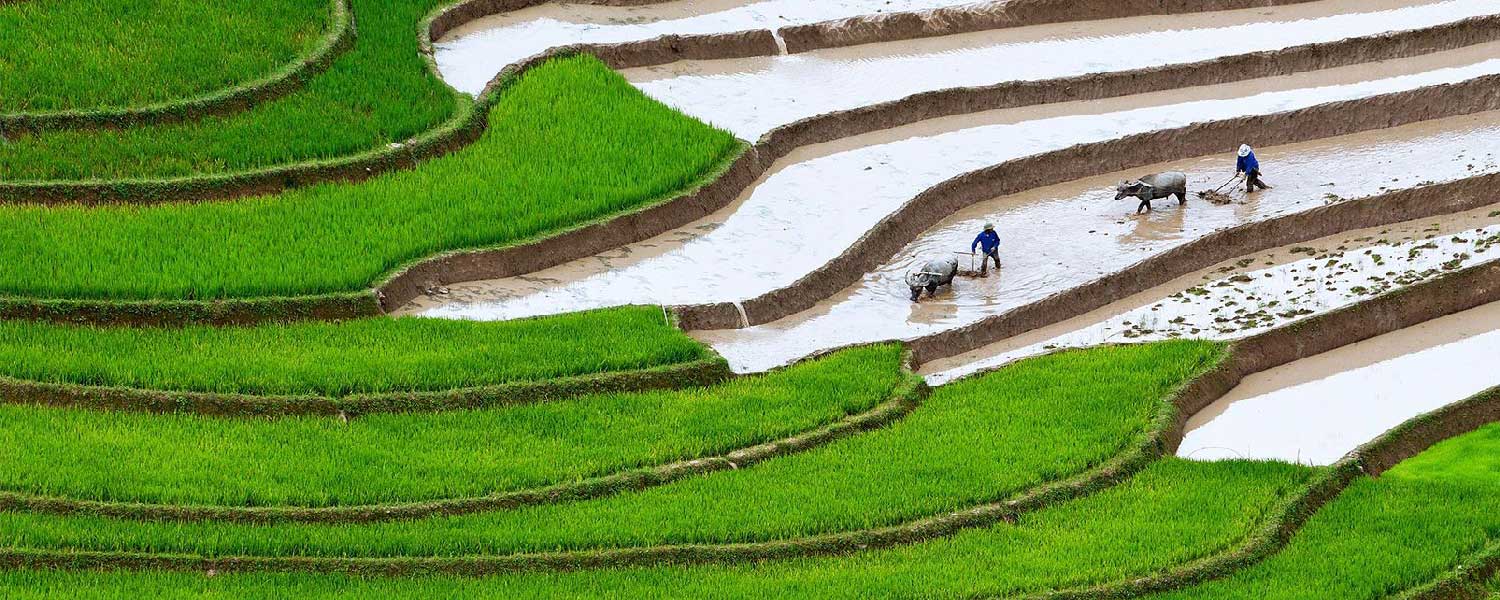
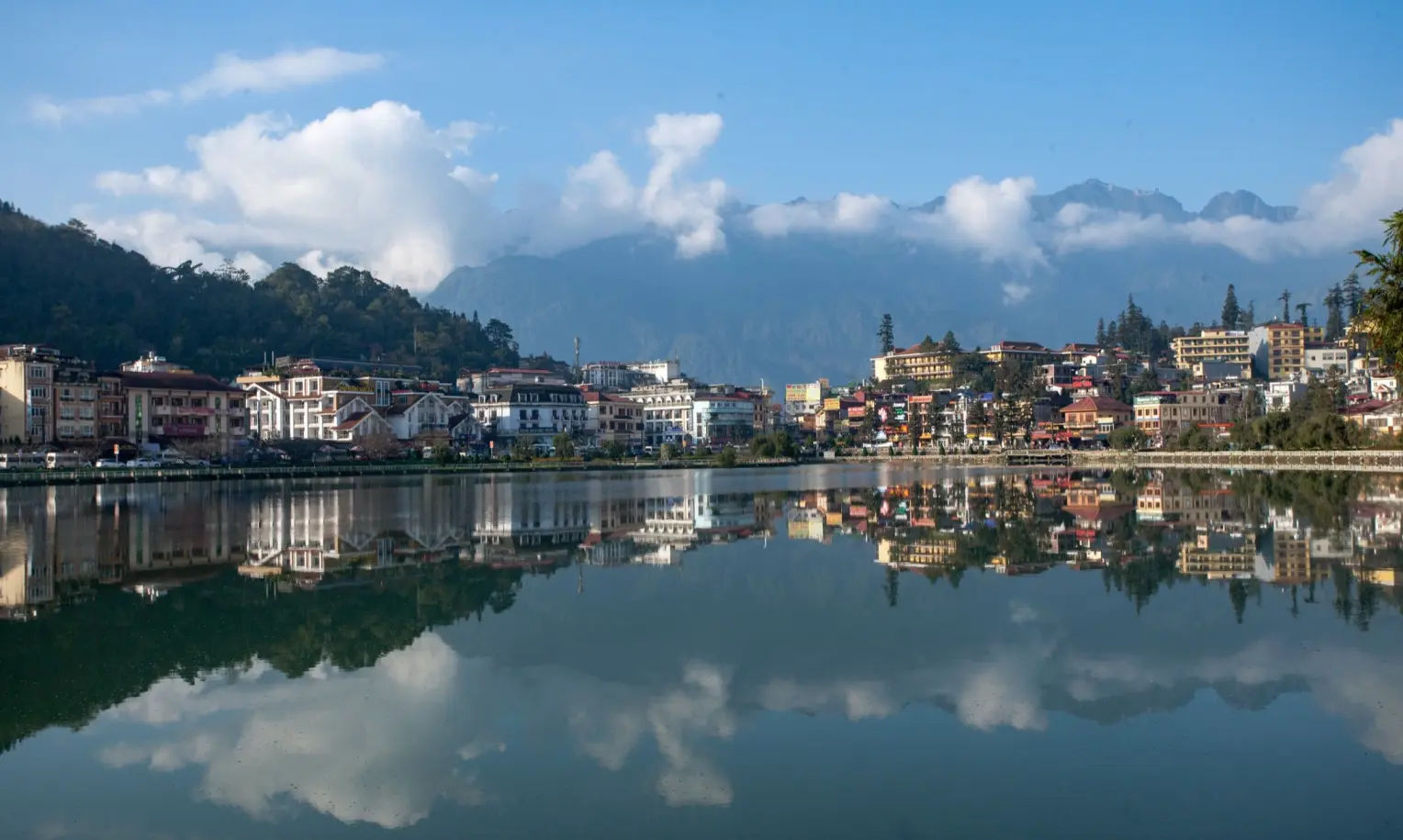
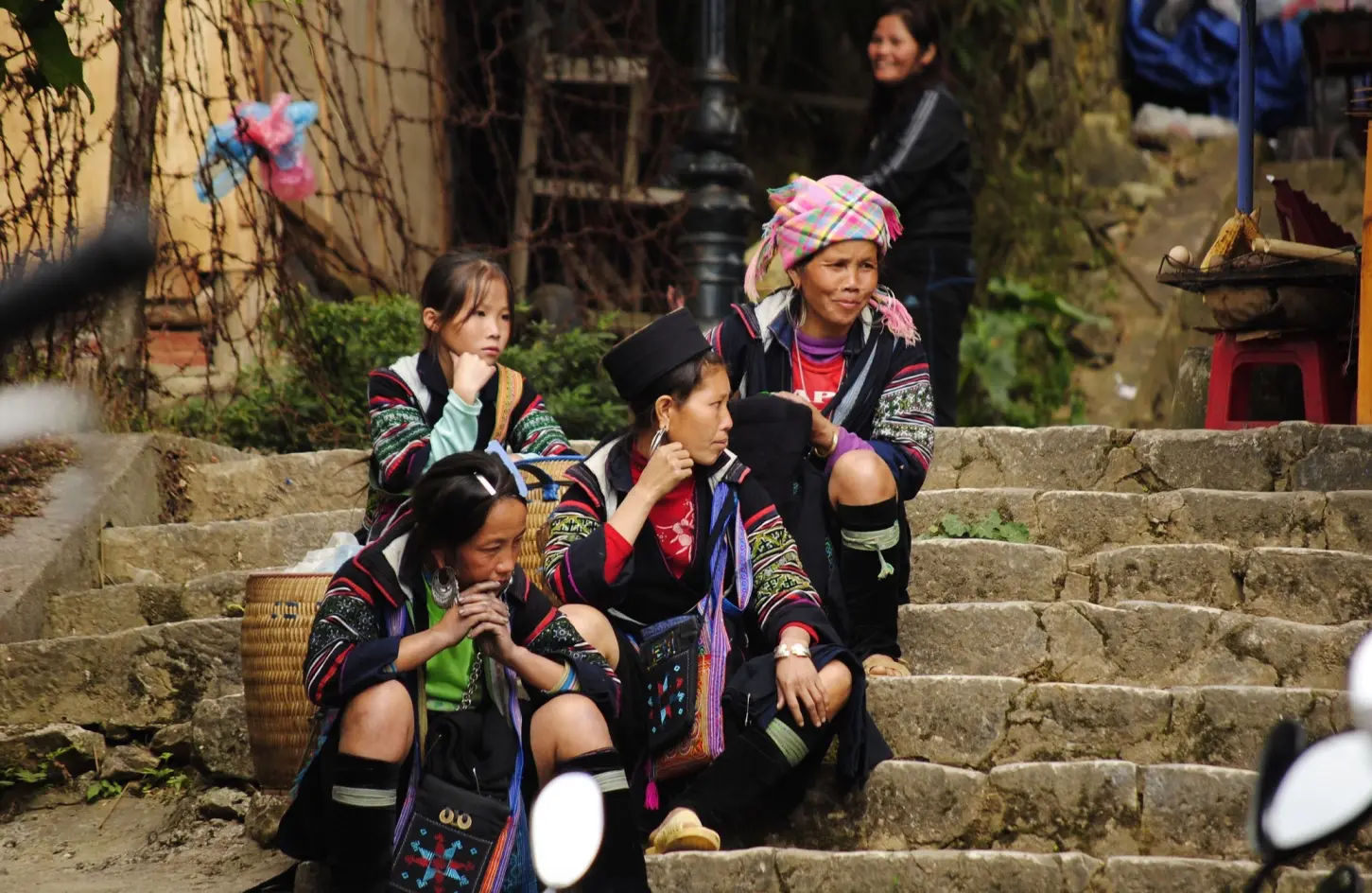
You May Also Like
Long Coc Tea Hills in Phu Tho: A Hidden Photography Spot Near Hanoi
Long Coc Tea Hills in Phu Tho is a breathtaking hidden gem in northern Vietnam, ...
The Ultimate Guide For Visiting Visit Vietnam In February: Weather, Festivals & Itineraries
Imagine walking through Hanoi’s Old Quarter as peach blossoms bloom in doorways, or sitting by ...
Toilets in Vietnam: A Traveler’s Guide for Squat Toilets, Public Bathrooms & Flushing Paper
Let’s be honest—when you travel, toilets matter more than you expect. In Vietnam, they quickly ...
20 Traditional Vietnamese Folk Games
Traditional folk games in Vietnam are more than just childhood pastimes. They are the living, ...
How to Register a Company in Vietnam (2026 Guide)
Foreign investors planning to do business in Vietnam face a multifaceted legal system and bureaucratic ...
Visiting Vietnam in January 2026: Weather, Costs, Festivals & Travel Tips
I visited Vietnam in January 2026, and I still remember the crisp, cool air in ...